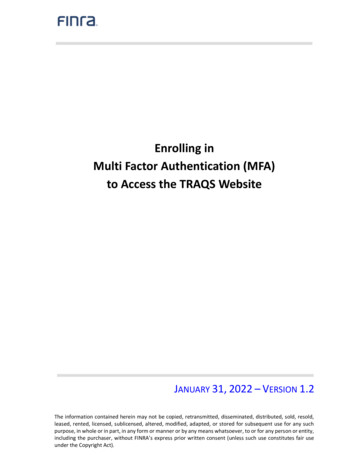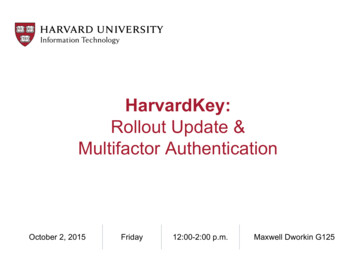
Transcription
HarvardKey:Rollout Update &Multifactor AuthenticationOctober 2, 2015Friday12:00-2:00 p.m.Maxwell Dworkin G125
Today’s AgendaHarvardKey Welcome to HarvardKey HarvardKey by the Numbers Alumni Reactions What Did We Learn? What’s Next?Multifactor Authentication (MFA) Authentication: Who Are You? What’s So Bad About Passwords? What Options Are There? Multifactor Authentication in HarvardKey Demo: Multifactor Authentication Using Duo2
Welcome to HarvardKey!(Bonus points if you can name the narrator.)3
HarvardKey By The Numbers 4,515 Alumni HarvardKey accounts successfully claimed 1,863 applications included in September 22 rollout 30,000 people authenticate every day using the HarvardKeylogin screen 246 HarvardKey-related ServiceNow tickets resolved(as of this morning) 426 individuals logged into Alumni.Harvard using HarvardKey in thefirst two days after the portal’s launch4
More HarvardKey By The Numbers 150 person-hours on the night of go-live More than 20 extra help desk shifts duringthe first week post-rollout 100 website text changes across Harvardto replace PIN-related language (andmany more in progress) More than 100 pizzas ordered for theHarvardKey team during launch lead-up Several batches of delicious home-bakedcookies 150 commemorative “Live Key or Die”buttons (sure to become eBay collectibles)5
Alumni Said .Much reaction was enthusiastic. (We’ve been watching for a while!)6
Alumni Said .Of course, not all response was positive.This is just too much. I give up (and I don't do that often, as a formerHarvard club president).This is the first time ever that I have had mypasswords rejected – the constraints are the most restrictive that I haveever seen, and they make it impossible for me to create a passwordthat I can remember easily.Please remember that alumni, unlike people who spend most of theirdays at Harvard, often need the password only once or twice permonth. That means great weight should be given to allowing passwordsthat are easy to remember.Some of Harvard's guidelines on passwords make sense, but others gotoo far. I've never been required to have 10 characters, and I've neverbefore been told that "&" is not a "special character" (why not?).However, the "dictionary word" exclusion is the most egregious. Ask theHarvard Psychology department what that means for memorability.7
Our ResponseWorking the help desk helped us identify documentation tweaksand hotfixes in an Agile manner. IE rendering hotfix for Compatibility Mode UI text changes to clarify password policy Expanded contact info in HarvardKey documentation Better guidance on how to reset user passwords for nonHarvardKey login types Accessibility remediation Forensics on app problems vs. user error Improvements to Harvard LDAP8
What Did We Learn?Our experiences with the September 22 Alumni rollout havehelped us refine our plans for future HarvardKey launch waves. Having IAM staff co-located with Service Desk and HAA was veryvaluable — we will continue that with new populations, plus set up“Here to Help” tables for HarvardKey claim Having an open conference bridge on release night madetroubleshooting easier for everyone (all application owners couldcall in) Positioning dependent deployments well ahead of the primaryrelease lessened risk and made the overall process smoother It’s impossible to communicate too much Automation is our friend!9
What’s Next?More of the same for the next rollout on November 12 withsome additional major efforts! Completing development and testing for all possible claimworkflows Completing development and testing for multifactor authentication Expanded, targeted communications to individual schools,organizations, and populations involved in rollout10
HarvardKey Implementation ScheduleSchoolNumber of UsersRollout DateProvisioning 12/3 412/3later in 2016Radcliffe15811/1211/12CADM935511/12since July 2015HMS (including HSDM)11
Multifactor AuthenticationIt’s Coming!
Authentication: Who Are You? The process of verifying a person’s identity Answers the question “Who are you?” Often confused with authorization, which answers the question“What are you allowed to access?” Usernames and passwords are the most common method ofauthentication What if someone else knows it, too?13
Authentication: The Challenges Computers are not all that good at definitively identifying a specificperson People are better at it – in a social situation, we are attuned to amyriad of clues that help us determine whether someone is whothey say the are For example 14
Multifactor Authentication: Starts With “Who Are You?” Login names and passwords are the most common method ofauthentication, but these have significant weaknesses Multifactor authentication (MFA) plays a pivotal role in improvingauthentication MFA answers the question “Who are you?” with a higher degree ofcertainty than passwords alone Duo Security was selected as the platform for Harvard’s multifactorauthentication solution Over time, Duo will replace other vendor MFA solutions currently inuse at Harvard and extend protection to additional applications15
Option: Provide Additional FactorsSomething you knowSomething you haveSomething you are16
MFA in HarvardKey Multifactor authentication using Duo Security will be available at timeof November HarvardKey rollout wave Participation per user is optional for HarvardKey web applications In the future, certain applications may be configured to requiremultifactor authentication for access (demand is high) Through the end of CY15, IAM is evaluating the use of MFA withVPN, Windows administration tools, and Office 365 services17
Demo: Multifactor Authentication Using Duo How to set up Duo Multifactor Complete Log-in to an MFAprotected application What if you forget your phone?Demo Application18
Questions?Learn more at iam.harvard.eduContact us at iam@harvard.edu
Thank you!
Multifactor authentication using Duo Security will be available at time of November HarvardKey rollout wave Participation per user is optional for HarvardKey web applications In the future, certain applications may be configured to require multifactor authentication for access (demand is high)
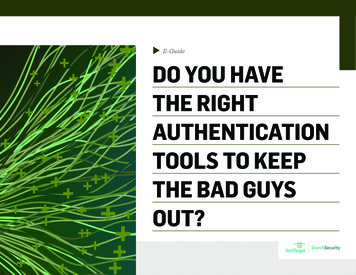
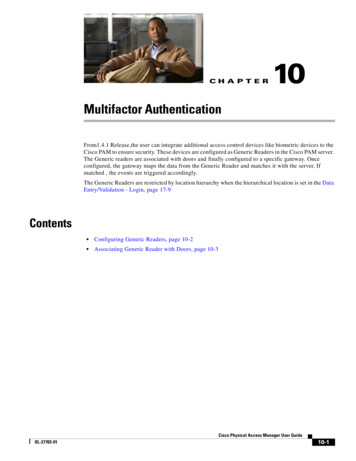
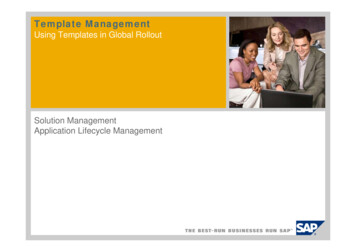

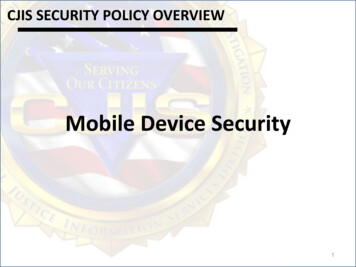
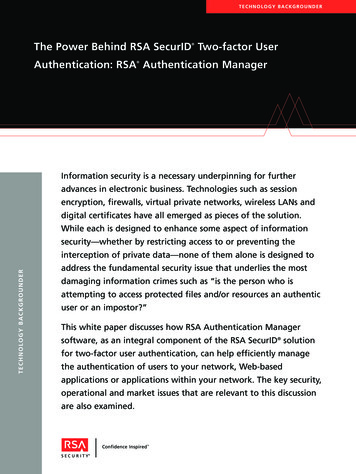
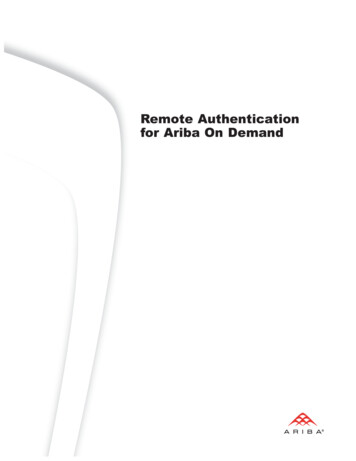
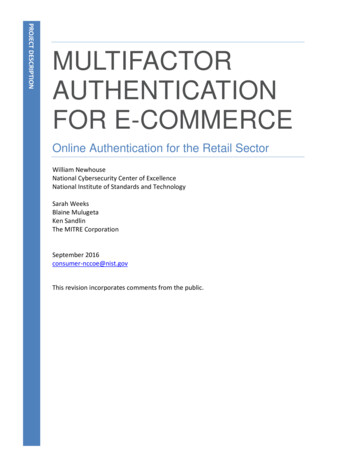
![[MS-OFBA]: Office Forms Based Authentication Protocol](/img/3/ms-ofba.jpg)

